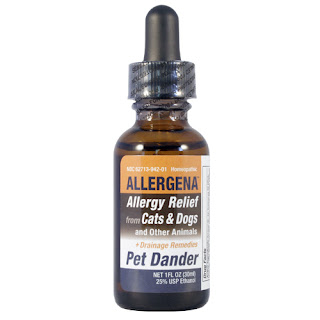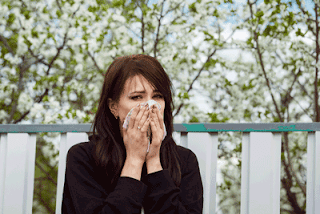In today’s economy it is extremely hard to grocery shop so
that you can put a healthy, home-cooked meal on the table every night. Add in
food allergies and the struggle is tenfold.
Researchers estimate that over 15 million Americans have
food allergies. 1 in 13 kids are effected. Below are a few practical tips for managing
food intolerance's and allergies on a shoe-string budget that can help you save
money and stay on track for feeding your family healthy meals.
First, try not to focus on the foods you can’t have. Doing this can be very disheartening. Instead, make a list of all the nutritious and
beneficial foods that you can eat. Surf
the internet to broaden your options.
But try not to go overboard. Keep meals simple until you have a better understanding
of your dietary restrictions. It can be
overwhelming to jump right into complicated recipes with foods or spices that
you have never prepared before. Plus, it
can be very costly.
Remember, simple equals less expensive!
For a simple meal choose a protein, a carb, and a green
vegetable, such as fish with brown rice and a mixed green salad. Use
this formula for a few weeks to give yourself time to adjust to the new diet
before you start getting too fancy.
Food allergies usually means more time at the stove. And yes, it is healthier to cook from scratch
but with today’s fast paced schedules we don’t always have the time to devote
to hours in the kitchen.
Another good tip is to pick one food that the whole family enjoys, such as pizza and spend your time making allergy free crust. Or if it’s pancakes, find a good recipe that is safe for you to eat and mix up enough dry ingredients for a couple of batches. There is no point wasting time making homemade yogurt if no one in your family likes yogurt to start with.
Another good tip is to pick one food that the whole family enjoys, such as pizza and spend your time making allergy free crust. Or if it’s pancakes, find a good recipe that is safe for you to eat and mix up enough dry ingredients for a couple of batches. There is no point wasting time making homemade yogurt if no one in your family likes yogurt to start with.
When deciding on which substitute foods to purchase be
picky. There are several on the market
but some taste no different than cardboard and are just empty calories. For example, there are several non-dairy
options for cheese. But do you really
want a processed product consisting mostly of wax? A better option might be nutritional yeast
flakes. They are quite inexpensive,
especially if you buy them in bulk and have a cheesy, nutty taste that most
kids don’t mind.
Once you learn what works for you “taste-wise” find a quality
store where you can purchase things like gluten free products and grain free
flours at bulk rate. Some of the health
stores offer discounts if you buy in large quantities. Do your research!
During growing season find out when the local farmers market
is open. There is nothing like local produce
for taste and the cost is usually lower than what you would find in the organic
section of the grocery store.
Feeding a family with food allergies doesn’t have to break the
bank. Learn to be creative so that
eating healthy, allergy-free foods on a shoe-string budget can keep everyone
happy and their belly’s full.
Food allergies are no joke and we want to keep our kids and our ourselves as healthy as possible. To boost your immune systems visit allergena.com to find the product that is best suited for where you live.
Food allergies are no joke and we want to keep our kids and our ourselves as healthy as possible. To boost your immune systems visit allergena.com to find the product that is best suited for where you live.



